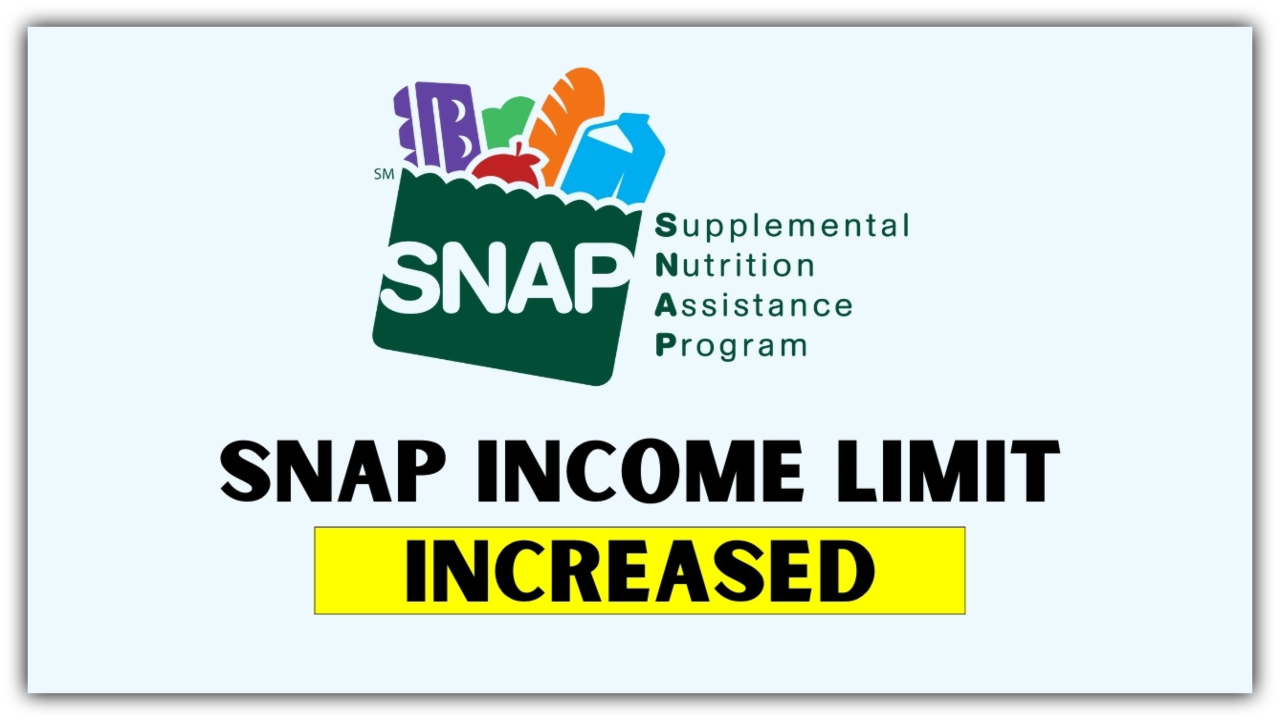SNAP Benefits in 2025: The Surprising Rules You Didn’t Know About Resource Limits!
If you’ve been considering applying for SNAP (the Supplemental Nutrition Assistance Program, or food stamps), one of the first questions that probably pops up is: How much can I have saved, or what can I own, and still qualify for benefits?
Don’t worry—we’ve got you covered. Here’s a breakdown of what you need to know for 2025.
What Does SNAP Mean by “Resources”?
When SNAP talks about “resources,” they’re referring to things that can be turned into cash or are already in cash form. This includes things like:
-
The money sitting in your checking or savings accounts
-
Cash you have on hand
-
Stocks, bonds, and other financial assets
-
Property (except for your main home)
These are the things SNAP will look at when deciding if you qualify for assistance.
What Are the Limits for Resources in 2025?
Here’s the simple answer:
-
If you don’t have anyone in your household who’s 60 or older, or who has a disability, you can have up to $3,000 in resources and still qualify.
-
If you do have someone 60 or older, or with a disability, the limit increases to $4,500.
These limits apply to most states, but there are a few places where things work a little differently.
What Does SNAP Not Count?
Here’s some good news: Not everything you own will count toward your resource limit. SNAP doesn’t consider:
-
Your house – As long as it’s your primary residence, it’s not counted.
-
One vehicle – You’re allowed to own a car without it affecting your eligibility. If you have more than one, the additional vehicles might be counted, but there are exceptions.
-
Personal items – Things like furniture, clothes, and everyday household items are safe.
-
Retirement savings – Your 401(k), IRA, and other retirement accounts won’t count against you.
-
Life insurance – The cash value of your life insurance policy doesn’t count either.
-
Education savings – Accounts like 529 college savings plans are excluded.
So, even if you have a little saved up in some of these areas, it doesn’t automatically mean you won’t qualify.

Some States Make It Easier: Asset Limits Don’t Always Apply
Now here’s something you might not know: some states don’t use asset limits at all. Instead, they only care about your income. This is because of something called Broad-Based Categorical Eligibility (BBCE), which has been adopted by several states.
In these states, assets like savings and property don’t even factor into the decision. If you live in places like California, Illinois, New York, Virginia, or Colorado, you might not need to worry about how much you’ve saved.
It’s a good idea to check with your state’s SNAP office to see if they have this rule, as it can vary from state to state.
What If You’re a Senior or Have a Disability?
If you’re 60 or older, or someone in your household has a disability, there’s good news for you. The resource limit goes up to $4,500, and you might also qualify for some extra deductions that reduce your income, making you eligible for more benefits.
Also, if you have medical expenses, those might be deducted too, which could make a huge difference in your benefits.
These rules are designed to help ensure that older adults and people with disabilities have the support they need.
How Do You Apply?
Applying for SNAP is pretty straightforward, and you can usually do it online, by mail, or in person. Here’s what you’ll need:
-
Proof of income (things like pay stubs or benefit letters)
-
IDs for everyone in your household
-
Details about your housing costs, bills, and resources
Once you apply, you’ll likely have a short interview, either by phone or in person, where they’ll go over your information and let you know if you qualify.
Quick Recap
So, here’s the gist:
-
You can have up to $3,000–$4,500 in resources, depending on your household situation.
-
Things like your house and car don’t count toward that limit.
-
In some states, assets like savings don’t matter at all—only income counts.
-
Seniors and those with disabilities get a little extra help and flexibility.
If you’ve got some savings or own a car, don’t assume you won’t qualify. It’s definitely worth applying and seeing what benefits you might be eligible for.


Comments are closed, but trackbacks and pingbacks are open.